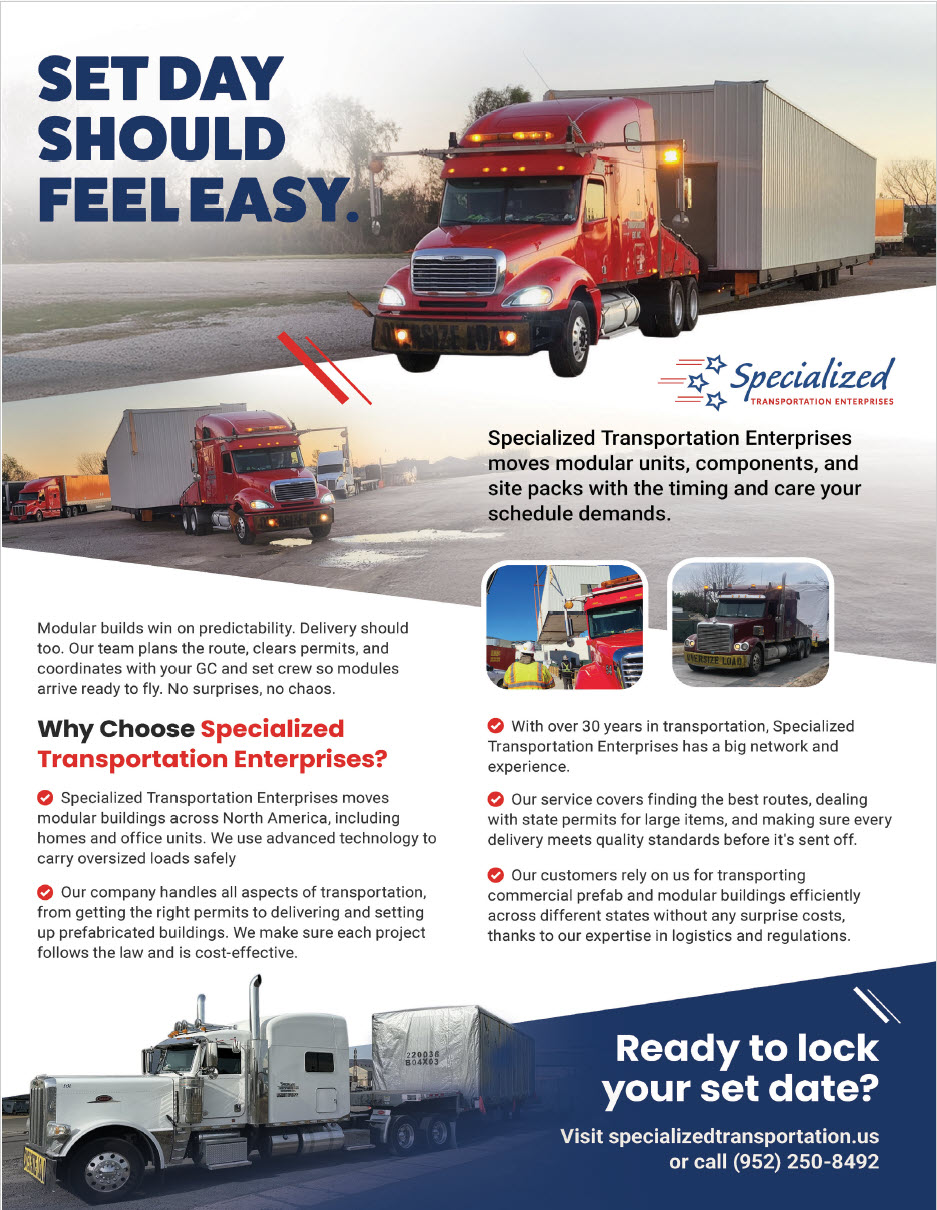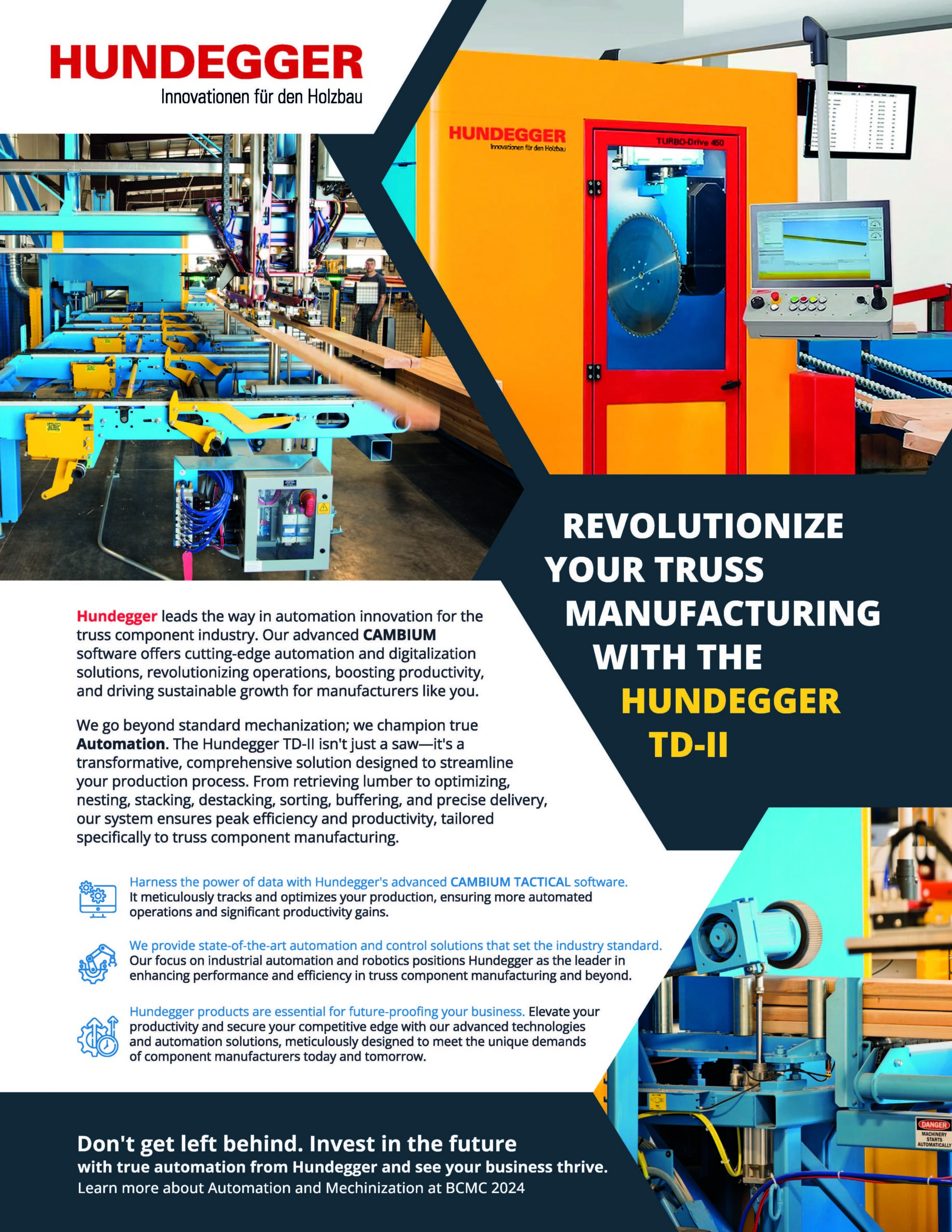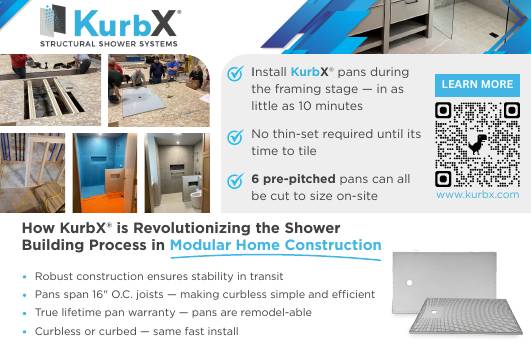I was recently reminded of an old Nike slogan from 2008: “My Better Is Better Than Your Better.” That phrase also applies to construction. Every builder, supplier and innovator has their version of “better.” Faster schedules. Lower costs. Stronger framing. Higher energy performance. In this industry, every system comes with a claim to superiority.
But here’s the thing — building systems aren’t rivals locked in some endless contest. They’re teammates. And when used together, they can outperform traditional site-built construction in ways that should make us question why we’re still clinging to the old ways.
Let’s start with the traditional method of construction. Site-built homes are the baseline. Everyone knows them. Everyone trusts them. But the “better” in site-building is that it’s familiar, not that it offers higher performance. Crews frame under the open sky, fight through weather delays and rely on variable labor skills from jobsite to jobsite.
Modular takes that same wood-frame concept and elevates it. Homes are built in climate-controlled factories, walls are straighter, seams are tighter. And when it’s raining or snowing outside, materials are inside, staying dry. The “better” becomes measurable — in precision, in durability, in energy savings.
In panelized construction, walls and roof systems are shipped flat to the site, which saves framing time and reduces waste. That’s their “better.” But modular turns the volume up. Wall and roof panels are assembled into fully finished 3D modules, complete with plumbing, wiring, insulation and even cabinetry. What arrives is a nearly finished living space, ready to lock into place.
So yes, panels are better than raw stick-building. But modular’s “better” makes panels more powerful.
Steel framing and concrete systems bring undeniable strength and durability. They shine in commercial projects, mid-rises and buildings that demand long-term resilience. Their “better” is obvious: they don’t burn, they don’t rot and they don’t buckle under stress.
But modular doesn’t compete, it collaborates. Hybrid modular solutions pair light-gauge steel frames with concrete foundations and precision-built wooden modules. Suddenly, you’re not choosing between strength and speed. You’re combining the best of both into a system that arrives at the jobsite ready to assemble.
Want the affordability of manufactured housing? Modular matches it. Need the strength of steel? Modular can pair with it. Craving the efficiency of panelized? Modular already includes that.
That’s why the modular “better” is compounded. It’s faster. It’s greener. It’s stronger. It’s more predictable. And it plays well with others.
Every building method has a “better”. Modular’s “better” is that it makes all the others better, too.
The industry spends too much time debating systems as if one must win and the others must lose. But it’s not a zero-sum game. The truth is that site-built alone can’t meet the challenges our industry faces — labor shortages, housing shortages, sustainability goals and consumer expectations.
But when we embrace building systems, especially modular as the backbone, we change the equation. We can build faster without sacrificing quality. We can build stronger without inflating costs. We can build greener without slowing down production.
Every system has its strengths. Every system has its version of “better.” But modular’s “better” compounds, integrates and amplifies every other building system’s “better”. And yes, I’ll admit my bias: After decades in this industry, I believe modular is the ultimate building system. My “better” is better than your “better.”
If you liked this article, you can follow Ken Semler on LinkedIn, where he offers daily insights and commentary about offsite construction.

















